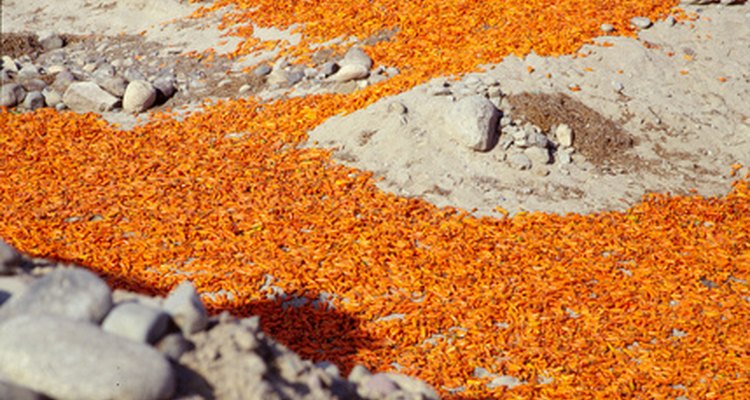
Peruvian food enjoys a good reputation among South Americans. This multicultural cuisine combines elements of Spanish, African and Asian influences with indigenous culinary traditions. Iconic Peruvian dishes, such as ceviche and papas, tend to be spicy. Many Peruvian foods contain at least one of the many native varieties of chili peppers, which the Incas introduced to the Spaniards. In addition to spices more specific to Peruvian cooking, many recipes also call for cinnamon, parsley, mint and anise.
Aji
Aji, a type of spicy, orange chili pepper, is the main flavoring spice in Peruvian cuisine. Peruvians, including the ancient Moche people, have been using aji peppers for thousands of years. Famous dishes such as Papa a la Huancaina (potatoes with cheese sauce), tamales and aji de gallina (spicy chicken in milk sauce) all contain aji peppers. Aji is often dried, ground into powders and added to spice mixes. Although the aji is a specific type of pepper, Peruvians also call other chilies and hot sauces aji.
Red Rocoto Pepper
Besides the ubiquitous aji pepper, Peruvian highlanders grow another popular type: the large, red rocoto pepper. Peruvians eat many foods spiced with ground rocoto and rocoto sauce, including as a condiment for Pollo a la Brasa. Red rocoto sauce consists of dried rocoto peppers, oil and lemon, while creamy rocoto sauce is made by combining ground rocoto, mustard, vinegar and mayonnaise. Rocoto peppers are one of Peru’s hottest spices.
Cilantro
Cilantro, also known as coriander, is a common spice in many Peruvian dishes. Cilantro is a common term for the leaves of the plant, while the seeds are generally called coriander seeds. Peruvians add cilantro to recipes while cooking or garnish dishes with chopped cilantro leaves. The common green hot sauce found on most Peruvian tables contains cilantro, aji peppers, salt, oil and garlic. Ceviche, raw fish or seafood “cooked” by citrus acids, commonly includes the dominant flavor of cilantro. Cilantro has antibacterial properties, which makes ceviche safer to eat. Cilantro is not native to Peru, but to southern Europe, northern Africa, the Middle East and Asia.
Related Articles
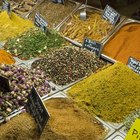
Afghan Spices

What Is Chipotle Seasoning?
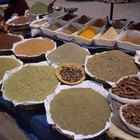
Nigerian Herbs & Spices

How to make Stuffed Jalapeno Peppers ...

List of Cajun Food

How to Make Cayenne Pepper Sauce
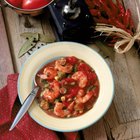
Difference Between Gumbo and Etouffee

What Can I Serve With Sweet Chili Sauce?

Nutrition Facts for Cooked Poblano ...

What Is Chili Paste?

The Spices in Pad Thai

How to Clean Jalapeños
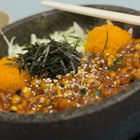
Korean Food Nutritional Value
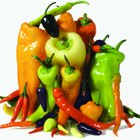
How to Pickle Peppers in Small Batches

How to Cook a Strip Pepper Steak in the ...

Types of Asian Food
Seasonings for Trinidadian Foods
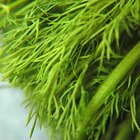
Classic Russian Spices
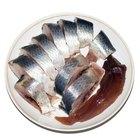
Herring in Wine Sauce
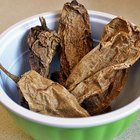
How to Make Chipotle Sauce
References
- Food in Every Country: Peru
- "Food and Wine": Peru's World-Class Cuisine
- “Larousse Gastronomique’; Prosper Montagne; 2001
Writer Bio
Fiona Fearey has an undergraduate degree from Temple University and a master's degree from New York University. She has been a freelance writer and editor for over five years. She has written for Pluck on Demand and various other websites. Other professional experience includes education, the arts and decorative painting.
Photo Credits
Chili image by res from Fotolia.com